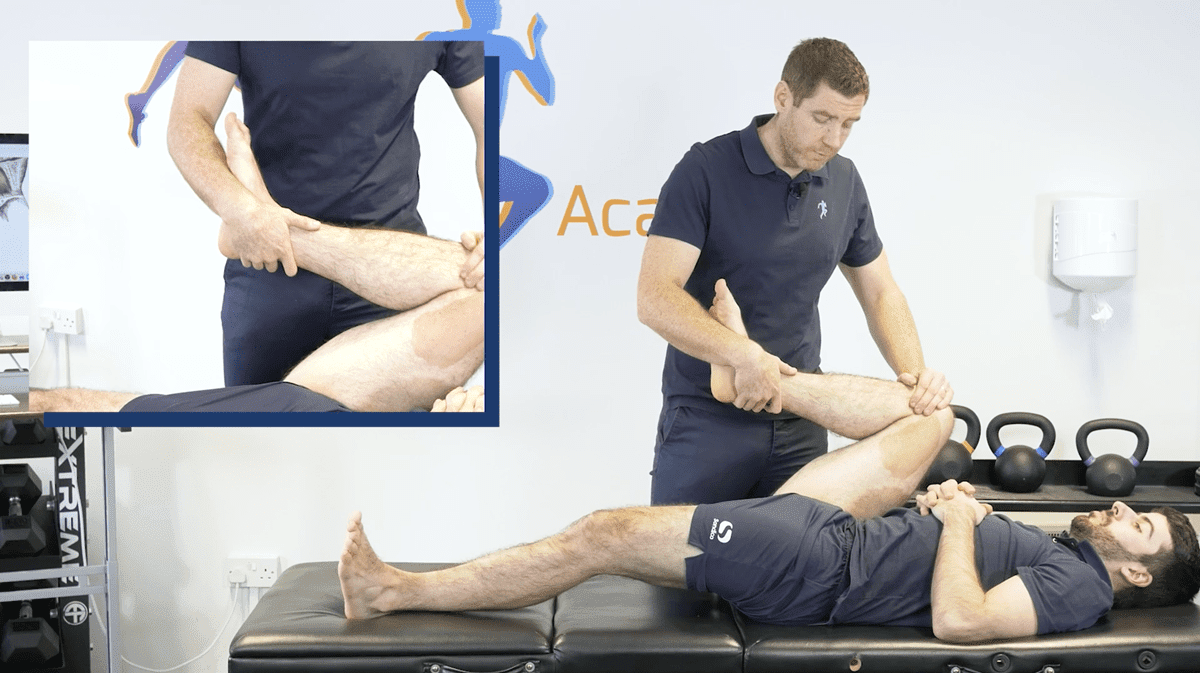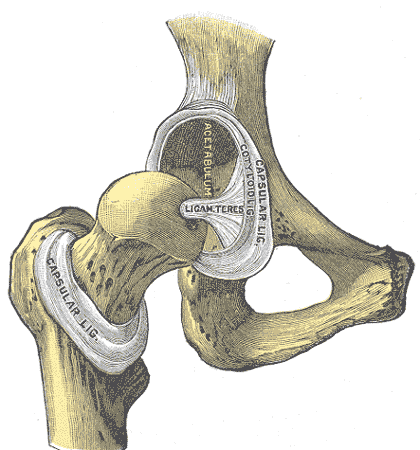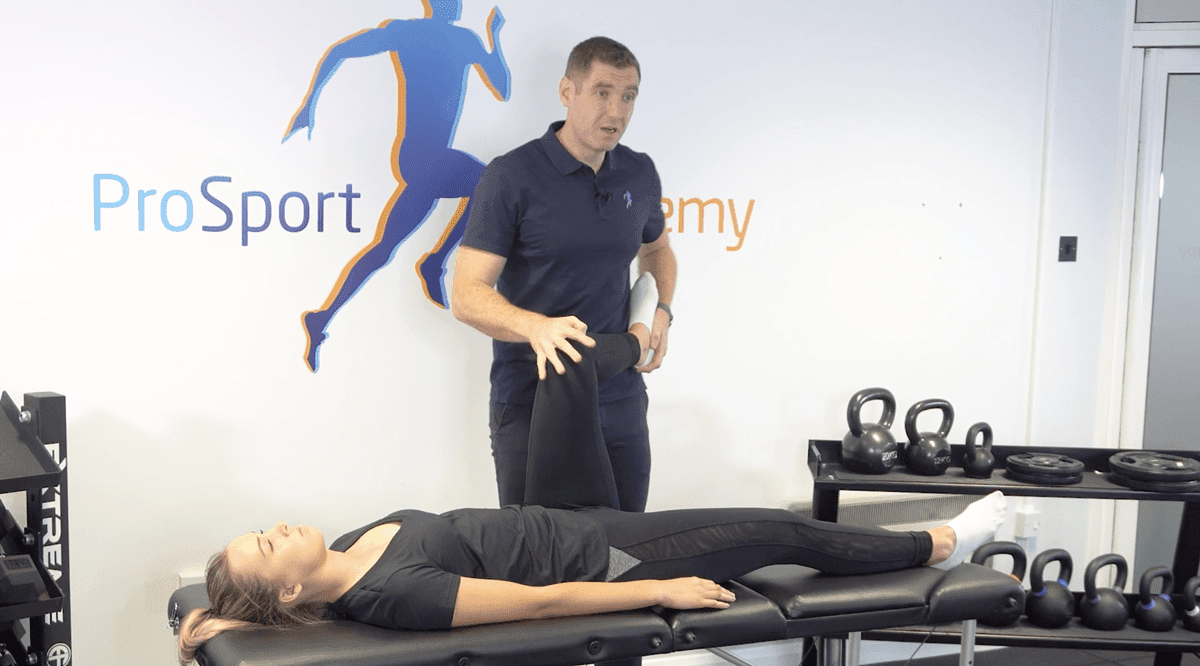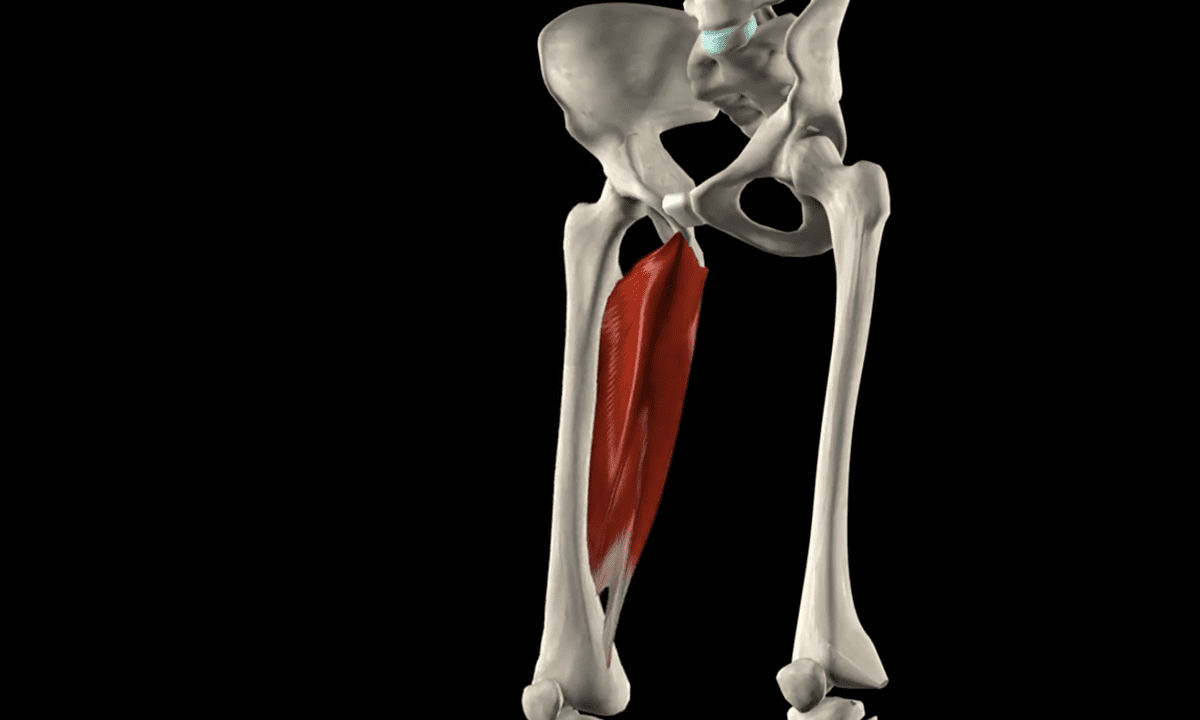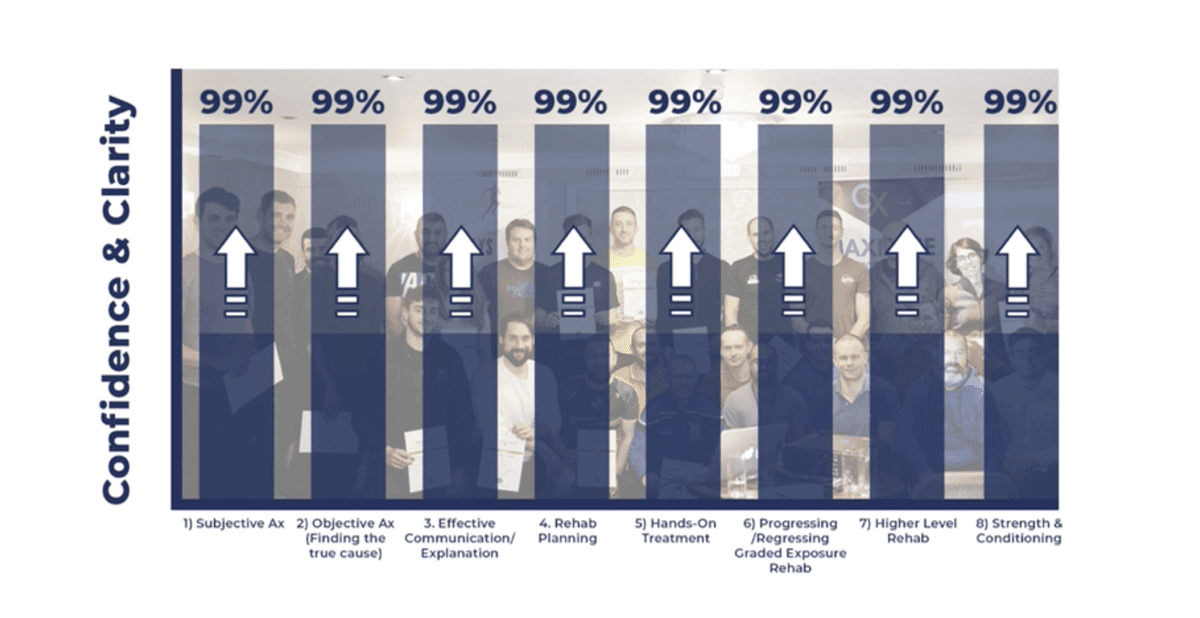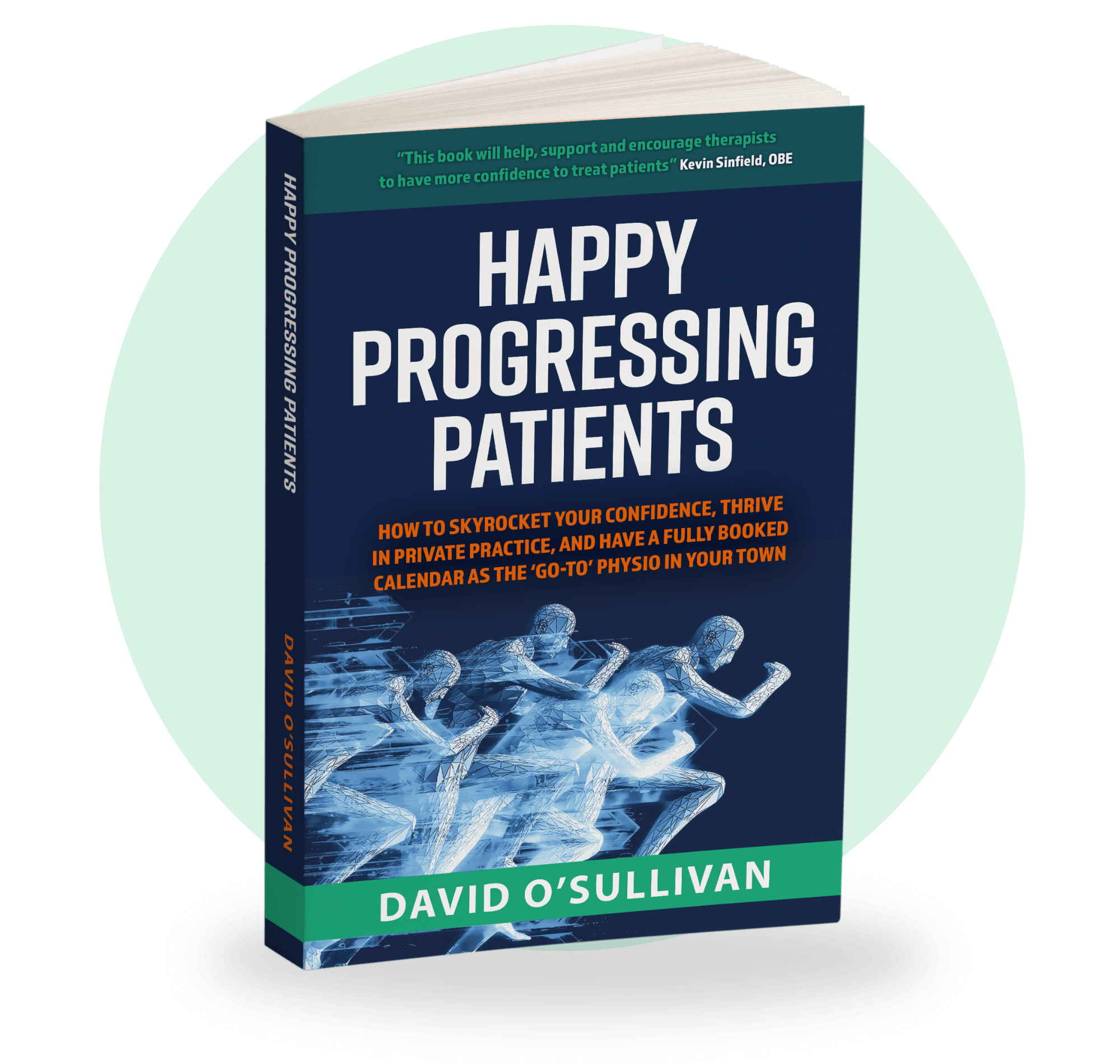
Identifying and treating a labral tear can seem incredibly complex. There are so many tissues and structures to consider and there is always the risk that you will miss something.
Throughout my 13 years in professional sport and private practice, I have seen my fair share of hip issues. But the approach to hip pain and labral tears always seemed far too overwhelming.
You shouldn’t be losing sleep over that complex hip pain case. So today I want to clear up a few things and give you some clarity on how to identify and treat a labral tear.
This article content will cover;
- Key anatomy of the hip joint.
- What is a hip labral tear?
- Testing the hip joint.
- The effects of the ribcage.
- Working with the ribcage manually.
- What else needs to work to set the hip up for success?
- Treating labral tears.
- Implementing a step-by-step system with your hip pain patients.
Key Anatomy Of The Hip Joint
Before we go any further it is important to start with the basics of hip joint anatomy…
The hip joint is a ball and socket joint that lies on the articulation between the pelvic acetabulum and the head of the femur. The acetabulum and head of the femur are both covered in a complex structure of articular cartilage and ligaments to provide stability to the joint.
The labrum, made up of cartilage, follows the ring of the socket, assisting range of motion (ROM), holding alignment of the pelvic acetabulum and the head of the femur, providing shock absorption, and keeping fluid within the joint.
It is a complex system but the way you test and treat doesn’t have to be.
What Is A Hip Labral Tear?
The funny thing with hip labral tears is that, just like most of our work, they never are black and white.
The term labral tear refers to dysfunction of the joint causing a portion of the labrum to become detached from the joint causing an acetabular labral pathology. Hip labral tears will appear as hip or groin pain in patients.
In a 2008 study, Leibold m et al said the causes of a labral tear ‘may include hyperabduction, twisting, falling, or running’ or it could be related to specific trauma such as a car accident, sporting activities, or a direct blow.
In a study from 2009, Groh MM et al went further and stated that the specific causes of labral tears can include ‘trauma, femoroacetabular impingement (FAI), capsular laxity/hip hypermobility, dysplasia, and degeneration.’
Whatever the cause may be, it is your job as a therapist to understand, could something else be contributing to the pain experience? Or could this be a genuine hip labral tear, and if so, what can you do about it?
Testing For Hip Labral Tears
As a therapist, you don’t have direct access to magnetic resonance imaging tests (MRI), x-rays, diagnostic imaging, or hip arthroscopy, so you must be able to manually test for a hip labral tear.
Now I’m not expecting a definitive diagnosis here but the following tests, coupled with your assessment, physical examination, and your ability to clinically reason can give you a real idea of what could possibly be causing your patient’s pain.
Hip Flexion Test
The very first test I would come to is a hip flexion test. You want your patient to lie in a supine position on the bed. Bring one leg up into flexion. It is that simple. But it is how you make sense of the test that matters.
Very often if there is a hip pathology or hip labral tear present then this motion would be limited range and hip flexion will usually elicit a pain experience in the anterior hip joint.
Remember, once you have done the test it isn’t a case of forgetting about it. This test then becomes a powerful key performance indicator (KPI). Every time you intervene in some way you can come back and see if this range of motion has increased or the symptoms settled down.
Hip Internal Rotation
So you have performed a physical examination, assessment, and hip flexion test. The next move should be to check hip internal rotation.
To perform your hip internal rotation test have your patient supine on the bed, bring one leg up with a 90-degree bend at the knee, and assist it into internal rotation.
This will again bring on sharp pain in the hip joint if a hip labral tear is present. Just like our hip flexion test, this becomes a powerful KPI to refer back to after treatment.
Now the next part is VERY IMPORTANT…
If you have performed these tests, both hip flexion, and internal rotation and it does produce symptoms DO NOT panic. There is far more work that you need to do before you give a labral tear diagnosis, refer your patient to a doctor, or lose hope altogether…
The Effect of Ribcage Mobility On The Hip Joint
In the mentorship, we teach a whole-body approach. We use a simple step-by-step system to look at our patients as a whole without getting overwhelmed. When it comes to hip labral tears this systematic approach is incredibly invaluable.
So what do we know?
Well we know ribcage mobility has an effect on both the spine, pelvis and lower limbs. Rather than going straight to the hip capsule, if we can get the ribcage to retract, we can influence the pelvis and get more ROM at the hip joint. Once we do this we can then recheck our KPI tests and see if there is some symptom and pain relief after intervention.
Affecting The Ribcage Manually
If the ribcage is stiff it could be impacting the pelvis and the hip joint. In this case, we would want to check this manually.
Place your hands over the bottom of the ribcage, ask your patient to inhale and on the exhale push the ribcage down and back into the floor helping it into depression and retraction. In this motion you allow the pelvic floor to come up with the diaphragm and posterior tilt the pelvis, providing the hip with more ROM.
Once you have done this you can focus on one side asking the patient to depress and retract the ribcage whilst checking that knee flexion test again.
If the pinch or pain experience does leave when the ribcage is depressed and retracted then we know that our rehab needs to focus on helping the ribcage to go through a full ROM and very often this can settle down symptoms.
If you do perform this and your patient still has hip pain then it would mean there is a possible labral tear or other tissues that aren’t allowing the hip to do its job.
What Else Needs To Work For The Hip To Be Successful?
There are so many tissues and structures that need to do their part to help the hip be successful.
If your patient did still have pain in the hip once you had depressed and retracted the ribcage then you must be able to rule out other contributing tissues.
One major tissue to consider is the adductor magnus. This is a large muscle that needs to lengthen when you bring the leg up and go into flexion.
If it is struggling to lengthen then it could be contributing to the pain experience you have seen in your tests and examination. Helping the adductor magnus to lengthen can cause less stress on the hip joint.
If you do this, recheck your hip flexion and internal rotation, and the symptoms have settled then maybe working with the adductor magnus would be something your rehab should focus on.
Treating A Positive Labral Tear Test
You can see now that through a few tests and some simple clinical reasoning we can get a clear picture of whether it may be labral tear, r acetabular labral pathology or if another part of the body is not doing its job.
We want everything to do its job to make sure we can set that hip up for success. If we can mobilise the ribcage and allow tissues to lengthen then we can give the hip the best chance of success.
Very often genuine labral tears will need some kind of intervention from a physician. Doctors can use magnetic resonance imaging (MRI), magnetic resonance arthrography, or imaging tests to establish a more precise diagnosis. In my experience, if there is a labral tear they will follow that with steroid injection or hip surgery.
But just because your patient may end up having to have steroid injections doesn’t mean you don’t have to do your job. Get everything doing its job. Set the hip up for success and if they do have an intervention then your work will only add to that.
Implementing the Go-To Therapist Step-By-Step System For your Hip Pain Patients
Labral tears can be hard to diagnose and hard to treat but as a therapist, you must have the confidence and clarity to be able to make sense of what you see.
In the Go-To Physio Mentorship, we take the guesswork out of the equation. We use a step-by-step system based on eight key pillars so every therapist can put the pieces of the puzzle together.
We help every therapist understand and treat the true cause, building successful patients and successful clinics.
Final Thoughts On Treating A Positive Labral Tear Test
The next time you’re confronted with a possible tear of the labrum DO NOT jump to conclusions or go through the motions. Understand the person in front of you, understand the patient history and take these steps…
- Clear the ribcage involvement.
- Clear other tissues.
- Understand if it is a true hip labral tear
- Get everything doing its job.
- Set your patients up for success.
If you want more information implementing a step-by-step system that gives you the confidence and clarity to find and treat the true cause of your patient’s pain in your clinic, that helps you put all of the pieces of the puzzle together and understand the WHY behind everything you do… Click the link below and book your FREE 30-minute strategy call today.
Get Your FREE Copy Of The Amazon #1 Bestseller That Holds The Secret To Confidently Treating Any Patient!
Download a Free ‘ebook’ copy of the 8-Step ‘World Cup’ Treatment Plan that helped my private patients achieve full recovery and made me a ‘go-to’ physio for complex cases…
